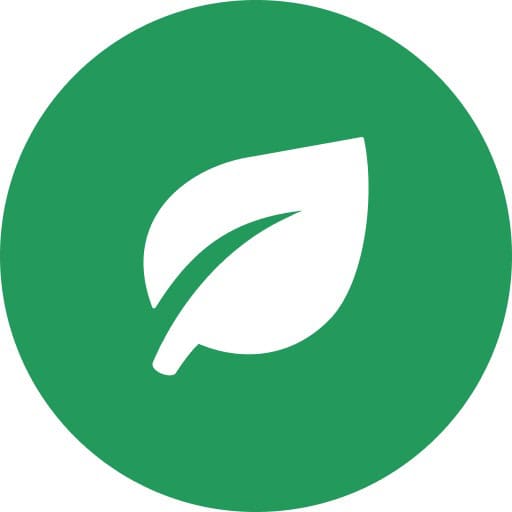Since its founding by Ingvar Kamprad in 1943, IKEA has gained international renown for its high-quality products and amazing customer experiences. Year after year, IKEA earns awards for its sustainability efforts and quality assurance innovations, and has become a globally recognized brand for affordable, reliable home goods. Whether you’re getting a coffee table, a rug, or an outdoor patio set named after a Scandinavian island, you can expect the same level of quality from IKEA products no matter where in the world you buy them.
But IKEA sells home goods, not software, so is there really anything the software industry can learn from how IKEA ensures the quality of their products? From when QA testing begins to how the testing process is iterated, the parallels between the manufacturing practices of the global furniture giant and the strategy of high-performing QA teams are closer than you might think. Let’s explore three ways in which IKEA ensures product quality, and how software testing teams can apply those practices to their QA processes.
1. Shift Quality Standards as Far Left as Possible
A key tenet of IKEA’s vision is “low price, but not at any price.” Keeping the cost of your QA testing low is a great goal to have, but not at the expense of the quality or cohesiveness of your testing. IKEA adheres to the “IWAY Standard,” which provides guidance for IKEA’s hundreds of suppliers on everything from recommending limits to CO2 emissions, to enforcing livable wages and reasonable working hours for all employees. IWAY’s strict guidelines ensure that IKEA receives the best quality materials from the most morally responsible organizations.
By emphasizing quality as far up their supply strategy as possible, IKEA is able to reduce product risks and unnecessary costs. By insisting on having high quality standards upstream, quality problems are brought to light before they reach customers.
Applying This Practice: Quality Thinking and Software Testing Left
Developing a company culture that is focused on quality improves the overall quality of your product while minimizing the need for QA testing at the end of the development cycle. QA shouldn’t start when the feature is getting ready for launch. Instead, make sure that your product and development teams are taking product quality into consideration as they design and build new features. Shifting left and establishing best practices as far upstream in the development process as possible can improve your results, increase testing effectiveness, and remove the headache from your testing.
2. Continually Review and Improve Your Testing Strategy
Another IKEA core value is “Renew and Improve.” While IKEA thoroughly vets suppliers at the start, they know that sourcing the best supplies is a continual process. IKEA works with over 42 trading service offices to stay in constant contact with their suppliers; continually monitoring and evaluating both product and working conditions. By developing and reinforcing a culture of caring and ethical responsibility, IKEA is able to continually excel with supplier relations and drive quality production.
Applying This Practice: Create Stronger Channels for Feedback on Product and Processes
To ensure that quality stays high and your processes remain cutting edge, make renewing and improving your QA strategy an ongoing focus, not an afterthought. Stay open to new methodologies and testing strategies to improve your team’s effectiveness. Having open lines of dialogue with your team members from across the organization is a great way to ensure quality throughout your software testing process and discover new ways of approaching problems. By viewing your QA strategy as something that is perpetually evolving, you’ll be able to optimize for long-term success.
3. Create a Structure for Your Process
A key benefit of IKEA’s naming structure is consistency. Developing process consistency for your QA initiatives is crucial for eliminating confusion and streamlining efficiency as a feature moves through development. Software quality management and processes is a collaborative effort. It requires that Product, Development, and QA teams to work cross-functionally. Consistency in how tests are structured, tagged and refactored throughout the process will have long-term benefits on the effectiveness of your software testing process. Using version control as part of your test case management strategy is another way to elevate your QA workflow from ad hoc and reactive to structured and proactive.
Applying IKEA’s Ideals to Software Development
The next time you find yourself in an IKEA, get inspired by the quality methods and practices in front of you. Consider the hours of quality testing and standardization behind every desk lamp and 2 for $1.50 hot dog. A Swedish furniture company might not like seem like a source of inspiration for software development teams. However, applying IKEA’s methodologies to your development workflow might be more beneficial than you’d initially suspect. Want to learn more about improving your QA processes? Check out and subscribe to our blog.
